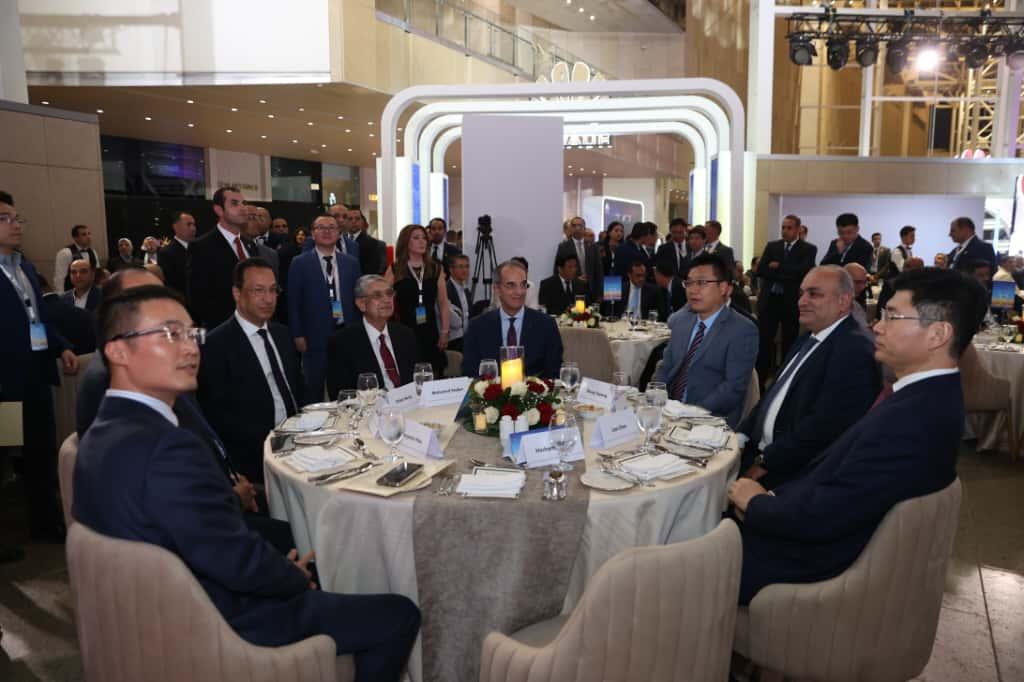By : Mohamed Elkholy
Nuclear fusion technology is rapidly advancing, bringing us closer to a sustainable, limitless energy source. Startups are pioneering innovations like cold fusion, superconducting magnets, laser-ignited capsules, and projectile fusion, addressing the critical challenges of sustained reactions and scalable reactor designs. These breakthroughs mark a transformative moment in energy research, potentially revolutionizing global power generation and paving the way for a cleaner, more efficient energy future, says GlobalData, a leading data and analytics company.
GlobalData’s latest Startup Series Report, "Fusion Visionaries: Startups Shaping the Future of Energy,” delves into notable fusion-focused startups advancing innovations in reactor designs, materials science, and plasma control systems to enhance efficiency and net positive energy output.
Kiran Raj, Practice Head of Disruptive Tech at GlobalData, comments: “The nuclear fusion sector is witnessing rapid growth, fueled by significant investments and the entry of new players. Startups are pioneering novel reactor designs, including compact spherical tokamaks and alternative magnetic confinement methods, while also navigating regulatory and safety challenges. Their efforts are concentrated on overcoming hurdles such as achieving the extreme conditions necessary for sustained fusion reactions and creating scalable, economically viable reactors. The successful integration of advanced fusion reactors into global energy grids has the potential to revolutionize energy generation and consumption worldwide.”
Vaibhav Gundre, Project Manager of Disruptive Tech at GlobalData, comments: “Diverse approaches such as cold fusion, high-temperature superconducting magnets, advanced laser technology, and innovative projectile fusion are being explored by startups in the pursuit of nuclear fusion as a clean energy source. As these innovations continue to develop, the dream of harnessing fusion energy may soon become a reality.”
The recent startup developments highlight a clear trend towards rapid innovation in nuclear fusion technology, driven by the demands of a complex global energy landscape.
Hylenr Technologies, an India-based startup, leads with its low energy nuclear reactions (LENR) technology, also known as cold fusion technology, which amplifies input electricity to generate heat for steam production. This technology aims to integrate LENR with existing power systems, enhancing efficiency and reducing reliance on conventional energy sources.
Commonwealth Fusion Systems (CFS), a spinoff from MIT's Plasma Science and Fusion Center, is pioneering commercial fusion systems to employ HTS magnets to construct smaller and more cost-effective tokamak fusion systems.
HB11 Energy, an Australia-based laser fusion energy company, showcased a breakthrough in nuclear fusion with a laser-driven, non-thermal method that fuses hydrogen and boron-11. This innovative approach offers a promising alternative to traditional fusion methods that demand extreme heating, potentially simplifying the journey toward sustainable fusion energy.
First Light Fusion reached a significant milestone using its unique targets and projectile technology to achieve fusion energy. Validated by the UK Atomic Energy Authority, the UK-based startup achieved a record pressure of 1.85 terapascals – five times the pressure at Earth's core – using a powerful pulsed machine. This marks a major advancement in the pursuit of practical fusion energy.
Gundre concludes: “The evolving landscape of nuclear fusion is set to transform how we generate and consume energy, presenting new opportunities for innovation and discovery. Integrating these advanced fusion technologies into the energy grid requires extensive R&D and robust regulatory frameworks. With the ongoing advancements, fusion energy holds the promise of providing a sustainable and limitless energy source, driving substantial progress across multiple sectors and contributing to global energy security.”














































































